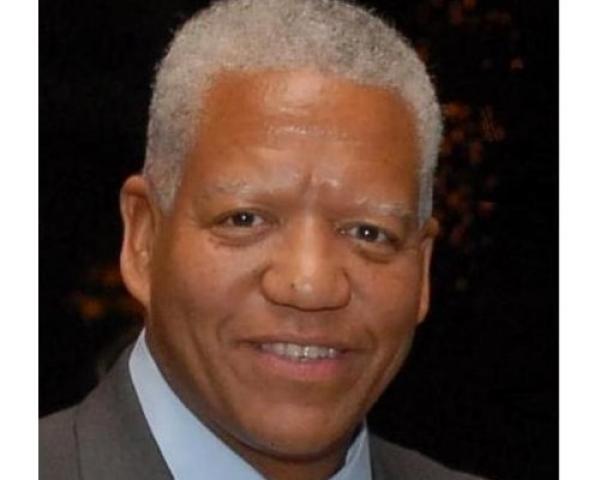Workplaces must appreciate that unhappy employees don’t wake up one morning consumed with retaliation. They don’t!
Recent workplace and school shooting incidents underscore the importance of having comprehensive prevention and response policies and plans in place. We are finally coming to grips with the reality that workplaces are veritable lightning rods for violence.
In an article titled, "Business Continuity for Small Businesses," Dr. Robert F. Hester said, "Safety, security and preparedness aren’t routinely a focus in our lives. Being on guard is not something Americans are used to or like doing. Still. . . the threat never goes away; only fades in memory.”
Workplace violence reflects employee perceptions of their workplaces and their personal issues. Workplaces are veritable lightning rods for violence. Our job is to minimize the risk through strategies and preparation.
Minimizing risks requires a critical assessment of your workplace security; prevention and response procedures; physical security measures; and administrative and operational policies.
Workplaces must appreciate that unhappy employees don’t wake up one morning consumed with getting even. They don’t! The escalation toward homicidal retaliation probably started months earlier, if not years, and the clues were missed or misunderstood. Supervisors need to examine work sites for autocratic supervision, toxic employees and criminal elements.
Sometimes, workplace policies create misunderstandings, when the workforce is taken for granted, and that can lead to conflict. Supervisors and managers need to intervene swiftly by monitoring and then communicating. They can show sensitivity to changes in family, medical, personal, financial and workplace relationships that are often exacerbated by workplace relationships.
Workplace violence prevention really requires a comprehensive view of workplaces and how best to integrate resources, collaborate on strategies and coordinate efforts.
(Developing Your Comprehensive Workplace Violence Prevention Policy/Plan).
Workplaces must review their policies and plans annually and design the right atmosphere. Workplaces must be critical of their capabilities and limitations by asking tough questions. We must not allow convenience to dictate management’s decisions and attitudes. Employees (supervisors and managers alike) must be held accountable for inappropriate conduct as part of building credibility in violence prevention.
We must ask the following questions:
- Do we understand the risks?
- Are we responding properly?
- Do we monitor and track incidents, situations and people?
- How could an incident happen?
- What did we miss that could have prevented the outcome through care, consideration and attentiveness?
- What did we take for granted and why?
- How do we interact or fail to intervene?
I ask that senior leaders begin a process
today to assess their workplace settings to uncover hazards and resolve security gaps. Why wait to answer such questions tomorrow when posed by the media, OSHA or a jury?
Research shows that people delay because of:
- Denial about whether they have a problem;
- The resources required;
- A belief that they can simply terminate troubled employees;
- An inability to act quickly;
- Lack of staff and support;
- The cost of training;
- The expense of hiring a consultant.
But there is a need to be prepared for the
when it happens rather than
if it happens. The threat can come from a: current employee, former employee, disgruntled customer, client, patient or student, criminal or a domestic/intimate partner. I will not scare readers with immaterial statistics not specific to your respective workplaces at this point, but I will implore you to take immediate action to improve your workplace security.






